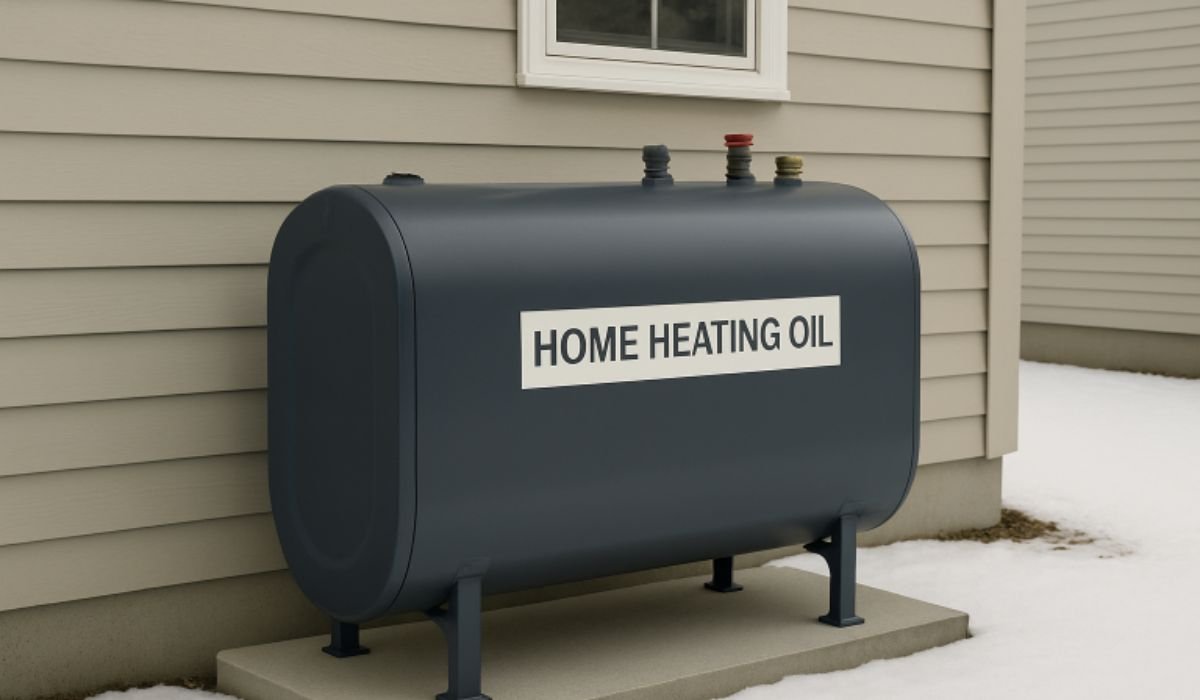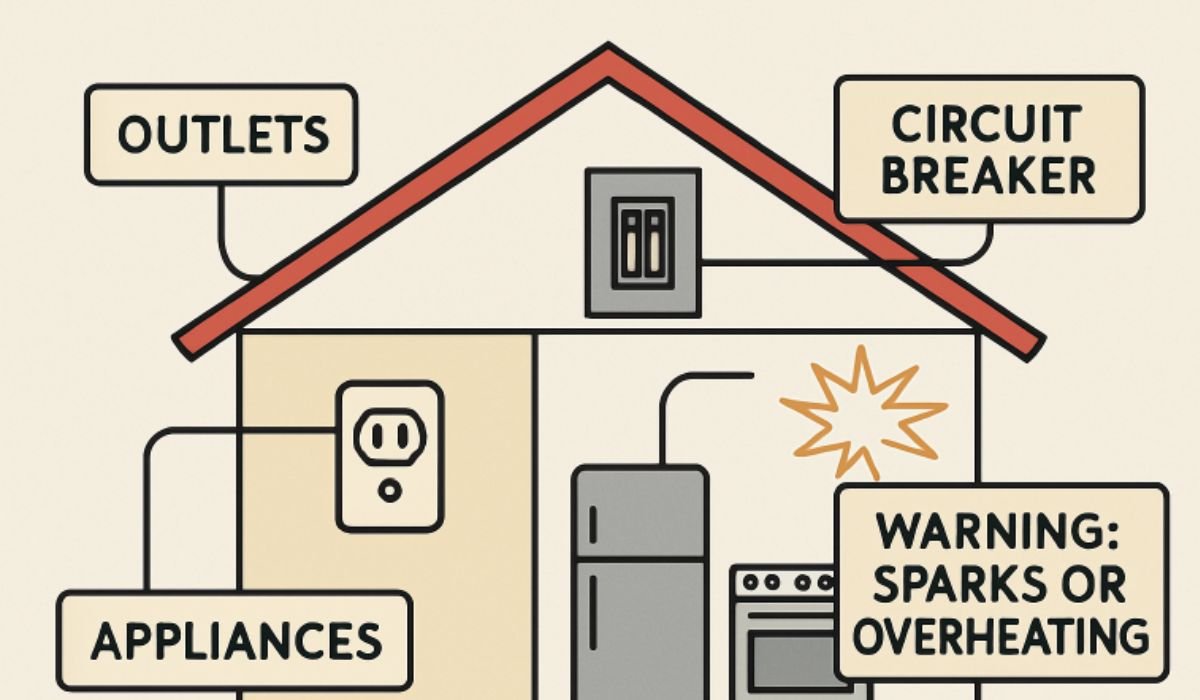Table of Contents
- Regular Inspections
- Proper Storage
- Safe Fuel Delivery Practices
- Carbon Monoxide Detection
- Emergency Preparedness
- Environmental Responsibility
With the colder months fast approaching, homeowners everywhere start the annual preparation to ensure their houses remain warm and comfortable. For those relying on home heating oil as their primary fuel source, it’s not just about comfort—safety and peace of mind become crucial priorities. Reliable and cost-effective solutions, such as discount heating oil Netcong, NJ, can make it easier to keep your home inviting while also offering financial relief during peak energy use season. While heating oil offers reliability and efficiency, it also requires responsible upkeep to ensure safety during peak winter use. Regular maintenance, proper installation, and proactive safety measures help prevent serious risks, such as leaks, fires, or carbon monoxide exposure, thereby protecting your home, family, and the environment.
Regular Inspections
Regular inspections are vital for maintaining the safety and efficiency of heating oil systems. Homeowners should visually examine the tank, pipes, valves, and burners for signs of rust, cracks, leaks, or other damage. Even small blemishes can indicate more serious problems, such as corrosion or structural weakening. An annual inspection by a licensed technician is strongly recommended to catch issues that may not be visible to the untrained eye. Preventive maintenance helps extend the life of the equipment and avoid expensive repairs. As noted by HowStuffWorks in their guide to heating and cooling system maintenance, regular attention to system components can improve efficiency and help detect issues early. Homeowners should also inspect the area around the tank before each heating season and after every fuel delivery. Keeping the space clean, dry, and clutter-free reduces risks and improves accessibility.
Proper Storage
The physical location and stability of your heating oil tank are pivotal in ensuring long-term safety. Only install fuel tanks on a solid, non-combustible base—such as concrete or steel—which resists shifting or settling over time. A poor or improvised foundation can cause the tank to tilt, crack, or warp, potentially leading to leaks or catastrophic spills. Avoid placing tanks under decks, stairs, or any area where snow or ice accumulation, water run-off, or falling branches could cause mechanical damage. Additionally, keep the surrounding area free from combustibles, such as firewood, yard tools, or chemicals that could easily ignite in the event of a fuel leak. Good placement is not just about safety in the short term; it helps protect your tank from the cumulative effects of harsh weather during cold months, extending its service life and reducing the need for expensive repairs.
Safe Fuel Delivery Practices
Safe fuel delivery is a cornerstone of reliable home heating oil use. Preparing for each delivery and communicating clearly with your supplier can help prevent mistakes and environmental accidents. Ensure your fill pipe is always clearly marked, unobstructed, and easily accessible. Prior to your scheduled delivery, clear away snow, ice, branches, or debris that could pose a hazard or impede the technician’s progress. If you have any unused or legacy fill pipes (remnants of an older system), remove or seal them—leaving these in place could confuse drivers and result in accidental discharges into the wrong line, which is both a fire and environmental hazard. For significant or recurring deliveries, try to be present during each visit. Your presence helps the delivery driver quickly address questions, verify the proper fill pipe, and allows you to check for leaks or issues right away. The sooner a small leak or spill is noticed, the more effectively it can be contained and cleaned up.
Carbon Monoxide Detection
Every oil-burning furnace and boiler produces some amount of carbon monoxide (CO), an odorless and colorless gas that can become deadly in enclosed spaces. Tragically, homeowners each year fall victim to CO poisoning that could have been prevented with proper alarms and awareness. According to the CDC, carbon monoxide is a serious public health concern because it is invisible, tasteless, and odorless, making detectors a critical line of defense. Place carbon monoxide detectors on every floor of your home—especially near sleeping areas and the basement or boiler room. Test these alarms monthly to ensure they function correctly, and replace the batteries at least twice a year (often recommended in spring and fall, during daylight saving time changes). Many detectors themselves have a lifespan of just 5 to 7 years before sensors degrade, so keep a calendar or log to remind yourself when it’s time for an upgrade.
Emergency Preparedness
Even the best-maintained systems can sometimes develop problems, making emergency readiness a necessity for every homeowner. Take the time to identify all shutoff valves and know precisely how to operate them in the event of a leak or malfunction. Stock up on emergency absorbent materials such as cat litter, sand, or commercial spill kits, which can help you quickly contain and control minor spills until professional assistance arrives. Most importantly, keep a current list of emergency contacts—your heating oil provider, local fire department, and environmental protection agency—posted somewhere visible, like on your refrigerator or near the main entry. Train your entire household on what to do if a leak is detected, reviewing basic drills for shutting down the tank and evacuating to safety without panic. Taking these steps not only mitigates the risk of property damage or personal injury but also helps prevent minor incidents from escalating into major disasters.
Environmental Responsibility
Heating oil leaks can cause significant harm to both your home and the environment, contaminating soil, water, and posing a threat to local wildlife. Even small spills require immediate attention, and only professional repairs and proper disposal should be used. Responsible maintenance helps protect your property, the community, and the ecosystem—especially during the winter months. By prioritizing regular inspections, adhering to safe practices, and maintaining environmental care, homeowners can ensure long-term safety, efficiency, and peace of mind.
you may also like: How Modern Heat Pumps Are Transforming Home Heating And Cooling











